
How to plant bulbs prepared for indoor forcing?
How to grow them in pots or vases
Contents
Forcing flower bulbs is a technique that involves stimulating bulbs to flower indoors outside their natural season. The bulbs most commonly forced are hyacinths, daffodils, and amaryllis. This allows you to bring a bit of colour and life into your home during the colder months. We will explain how to grow them in pots or vases, so you can enjoy their stunning flowering indoors!
Which bulbs to force?
To enjoy flowers indoors during winter, certain bulbs are particularly well-suited for forcing. Hyacinths are an excellent choice, especially the variety ‘Delft Blue’ for its intense blue colour or ‘Carnegie’ for its white flowers. Tulips (such as ‘Apricot Beauty’ or ‘Red Riding Hood’) and crocus add a splash of colour in the middle of winter. Amaryllis (for example, ‘Minerva’ or ‘Apple Blossom’) offer spectacular flowers. You can also choose muscari, which will delight you with their small blue bells. Daffodils, particularly the variety ‘Paperwhite’, are also popular for their quick and fragrant flowering. Choose healthy, good-sized bulbs for successful flowering.
When to force bulbs?
Forcing bulbs should be planned in advance to enjoy flowers in winter. You need to start the process early in autumn, between September and November. Bulbs require a cold period of 8 to 14 weeks depending on the species. After this period, place them in a warm and bright environment to trigger flowering. This will allow you to obtain flowers in the middle of winter, around Christmas.
Discover other Indoor bulbs
View all →Available in 1 sizes
Available in 1 sizes
Available in 1 sizes
Available in 1 sizes
Available in 1 sizes
Available in 1 sizes
Available in 1 sizes
Available in 1 sizes
Available in 1 sizes
Available in 1 sizes
How to force bulbs in pots?
Upon receiving your bulbs, choose a lovely container with a drainage hole (such as a terracotta pot or planter), with a height at least twice that of the bulbs.
- Place a layer of gravel or clay pebbles at the bottom to improve drainage.
- Then add to the pot some potting soil mixed with sand, or a ready-to-use mix. The substrate should be light and porous; a mixture of 2/3 garden soil and 1/3 sand works well.
- Arrange the bulbs with the pointed end facing up, planting them closely together, but ensuring they do not touch. Cover them with soil, leaving the tip of the bulb slightly exposed.
- After planting, water lightly to moisten the soil without soaking it.
- Place the pots outside in the garden or on a balcony.
- When the bulb produces a shoot, bring the pot indoors and place it in a dark, cool spot for a period of four days to a week.
- Once the shoot reaches a height of eight to ten centimetres, move the pot into the house. It is best to allow for an acclimatisation period by first placing it in a slightly cool, bright room before moving it to a heated room, near a living room window for example, regularly turning the pot to prevent the floral spike from twisting.
How to care for them?
Once the bulbs are forced in pots, it is essential to provide them with appropriate care to ensure beautiful flowering.
Water them regularly, but moderately, ensuring that the soil remains slightly moist without excess water, to avoid root rot.
Place the pots in a bright location, while avoiding direct sunlight to prevent leaf burn. A stable temperature between 15 and 20°C is ideal for prolonging flowering. If you have bulbs like amaryllis, consider staking the tall stems for support.
Finally, remove faded flowers as they occur to encourage the plant to produce new blooms and prevent it from wasting energy unnecessarily.
After flowering, it is possible to keep the bulbs for future outdoor planting, but they will need a resting period and specific care.
How to force bulbs in a vase?
In commerce, you can find forcing vases or hyacinth vases, equipped with a narrow neck that allows the bulb to remain suspended just above the water. It is also possible to use a small vase, a jar, or any other transparent glass container, with a diameter that matches the diameter of the bulb. In this case, the growing medium is water.
- Place a piece of charcoal at the bottom of the vase to prevent rotting and putrefaction of the water.
- Place the bulb in the vase with the tip facing upwards.
- Pour water into the vase so that it just touches the base of the bulb, without actually touching it: leave 1 or 2 millimetres between the water surface and the base of the bulb.
- Set everything outside, or in a cool place, frost-free.
- Carefully maintain the water level just touching the base of the bulb. The roots will develop at the base, along with small shoots at the top of the bulb.
- When the shoot measures about 8 centimetres, the vase can be brought indoors, even into a slightly heated, well-lit room.
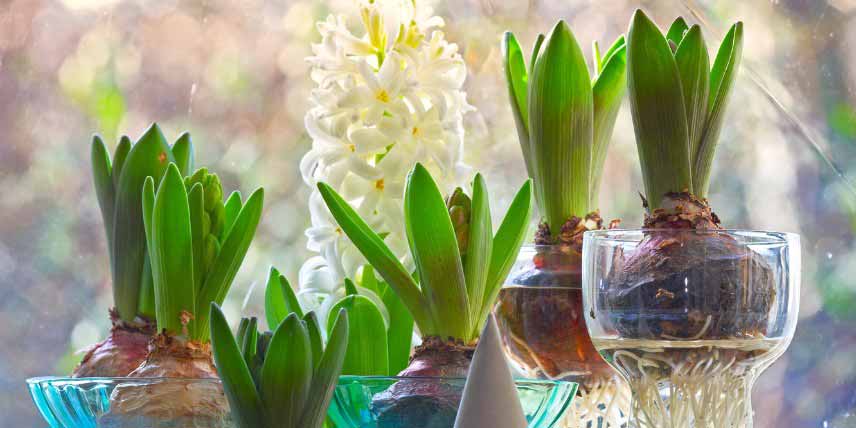
Forced hyacinths in a vase
How to care for forced bulbs in a vase?
Caring for forced bulbs in a vase is quite simple, but requires some precautions to ensure beautiful flowering. Make sure that the water remains just below the bulb, without touching it directly, to prevent it from rotting. Change the water regularly, about once a week, to keep a clean environment and avoid unpleasant odours or the proliferation of bacteria.
Place the vase in a bright location, but avoid direct sunlight, which could scorch the young shoots. A moderate temperature, around 15 to 18°C, is ideal for keeping growth steady and healthy. Once the roots have developed well and the first stems appear, you can move the vase to a more visible location to enjoy the flowering.
After flowering, as with potted bulbs, the bulbs in the vase can be replanted outdoors or kept for the following year, but they will need a resting period and specific care.
- Subscribe!
- Contents































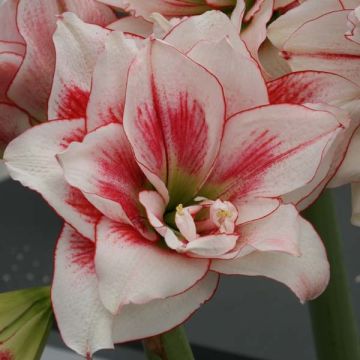
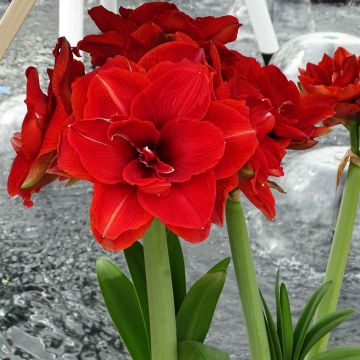
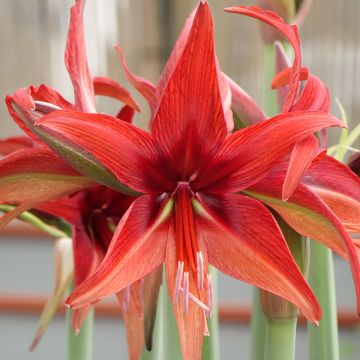

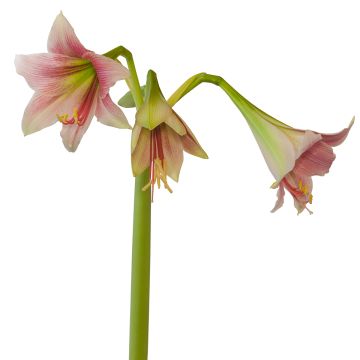
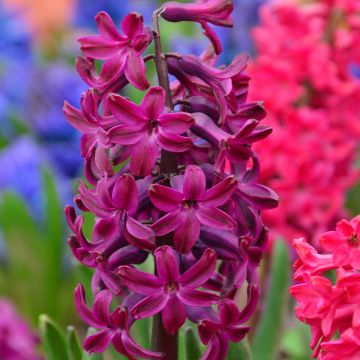
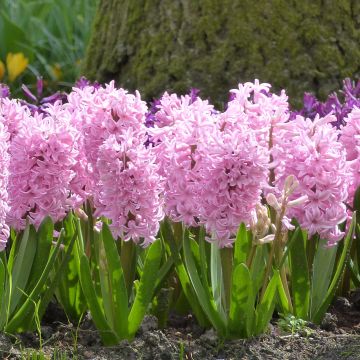
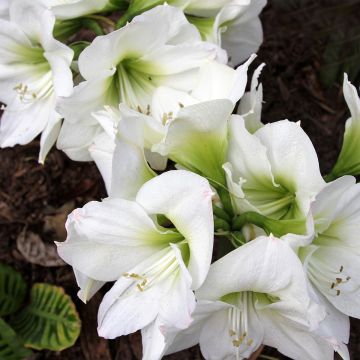

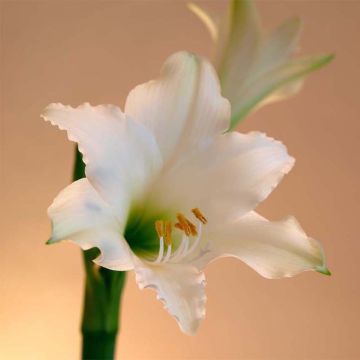
Comments